Floor and wall electroconvectors of heating
Electricity at the moment is considered the most common form of energy. It is impossible to imagine modern life without electrical appliances. Heat in the house is almost the main component of comfort.
The installation of a gas or solid fuel heating system is a costly pleasure, plus not every place can be installed. Floor or wall mounted electric convectors can become a worthy replacement.
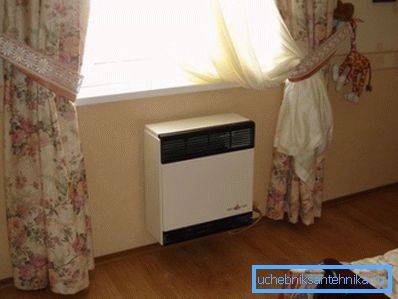
What is the difference
- The main difference between floor heating convector and its wall counterpart is mobility. Such a heater can be put anywhere, thanks to this useful advantage such heaters are very popular in offices and small stores. Installed near the workplace, such a device provides comfort and coziness.
- Wall mounted electroconvectors are stationary systems. Most often, they are mounted in the same places as the liquid radiators, that is, under the windows. Due to the design features, these devices provide a heat curtain, blocking the flow of cold air from the window.
Important: the basic principle of operation of wall and floor units is absolutely the same. The difference lies only in the method of installation.
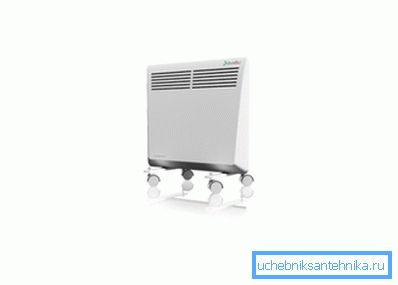
Features of installation and operation
Now heating systems that run on electricity, are gaining increasing popularity, but giving preference to this type of energy, you should consider some points.
Unit device
Currently, the popularity of space heating with the help of electric energy is growing steadily. This type of energy belongs to renewable, environmentally friendly resources. Such units are controlled through a programmable system equipped with thermal sensors.
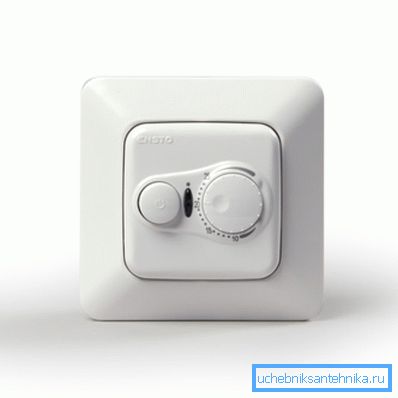
Wall-mounted electric convectors of heating are a device of the heart, which is a closed electric heater. The principle of TENA is simple, the bimetallic conductor heats up due to resistance.
The conductor itself has a ceramic shell and is located at the bottom of the device. The role of the heat exchanger performs a radiator. Cold air enters from below, passes through the radiator and enters back into the room through the ventilation grill.
Almost all convectors have a thermal sensor in their configuration that turns off the device in case of overheating or another emergency. Most of the devices are adjustable, they can be set to a certain temperature, after which the automation will independently maintain the temperature.
Advantages and disadvantages

- The undoubted advantage of such devices is that the installation manual is available to any sane person who is able to hammer a bunch into the wall. The case is based on four legs, which are attached to any vertical surface with dowels.
- Convectors can be installed in any room equipped with power supply. Installation requires absolutely no special permissions and tolerances, the main thing is that the wiring was designed for such a load.
- The price of such heating is inferior only to a gas or solid fuel boiler, but the installation of these systems costs a lot of money, plus not everywhere they can be installed.

- Modern floor and wall mounted electric convectors are not afraid of high humidity. Of course, they are not designed for immersion in water, but they do an excellent job with the heating of bathrooms, swimming pools and saunas.
- If we talk about the existing heating units, the price of electric convectors is perhaps the most loyal.
- Possessing an efficiency of around 95%, such equipment works almost silently.
- A full set of design capacity is carried out in minutes, than none of the existing systems can boast.
- The equipment is easily adjustable. The operating mode of each device can be set individually.
- The maximum heating temperature of the case does not exceed 65? С, which is quite safe and suitable even for operation in the nursery.
- The equipment is completely fireproof.
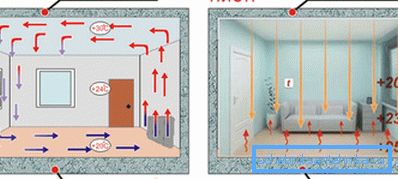
Any equipment has its drawbacks; they are also provided by wall-mounted and floor-mounted electric convectors.
- For the installation of such a system will require good electrical wiring with a solid margin of safety. To equip such a system completely flat or a private house of medium size, the input copper cable must be at least 6 mm ?. Otherwise there is a risk of overheating of the line.
- Over time, the efficiency of the devices will fall slightly.
- In addition to warmth and comfort, a centralized high-power system will also provide substantial electricity bills.
Safe operation
The older generation remembers the notorious heating "goats". They used an open heating element, as a result of which oxygen was burned in the room, there was a danger of electric shock or fire. Modern convectors are free from all these disadvantages. They have a decent appearance and long service life.
Tip: when buying a convector for residential and especially for wet rooms, pay attention to the labeling, the level of protection should be IP 24 or more. The first figure characterizes protection from dust, the second from moisture.
A sudden power outage does not affect the settings of the units, but in the case of power surges, the automatics may fail, and with extreme increases, the heating elements may burn. Therefore, it is desirable to equip the system with a voltage stabilizer, which will be a reliable protection against "surprises" in the power grid.
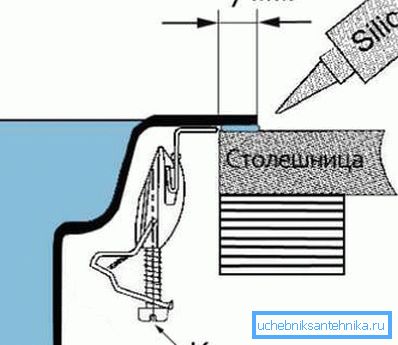
The devices are available in two versions, high and low or narrow. High units, up to 45 cm, have greater efficiency due to the fact that they are equipped with air ducts, which provide natural air circulation and quick warming up of the room.
Low or baseboard convectors, up to 25 cm, are used in those rooms where there is not enough space. Compared with their high counterparts, they have less power, but the lack of power is compensated by the large size, these devices are narrow and long.
With regard to the calculation of power equipment, the convectors are selected depending on the size of the room. For heating the average room with a ceiling height of about 2.7 m for every 10 m? taken 1kW.
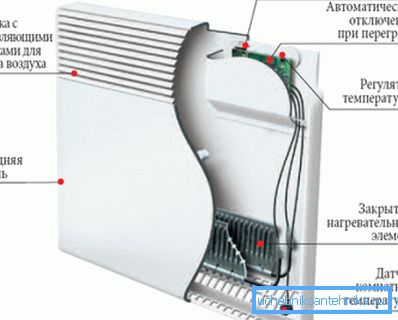
Tip: Now there are night and day rates for electricity. In order to save the family budget, you can install a special meter and then the heating with electricity will become more affordable.
This video will complement information about heating systems that run on electricity.
Conclusion
Floor and wall mounted electric convectors can be used everywhere. Often, large, powerful systems are rarely installed, usually the electric convectors for wall heating are installed for partial heating of a summer house or apartment in the off-season.
